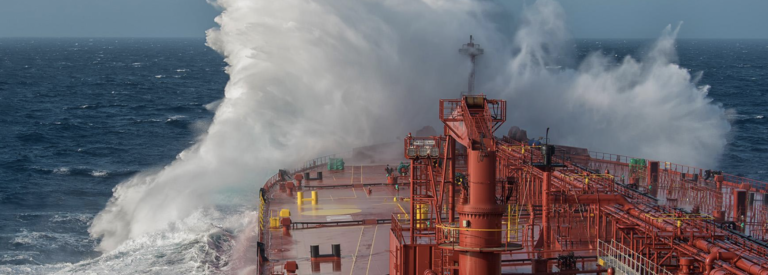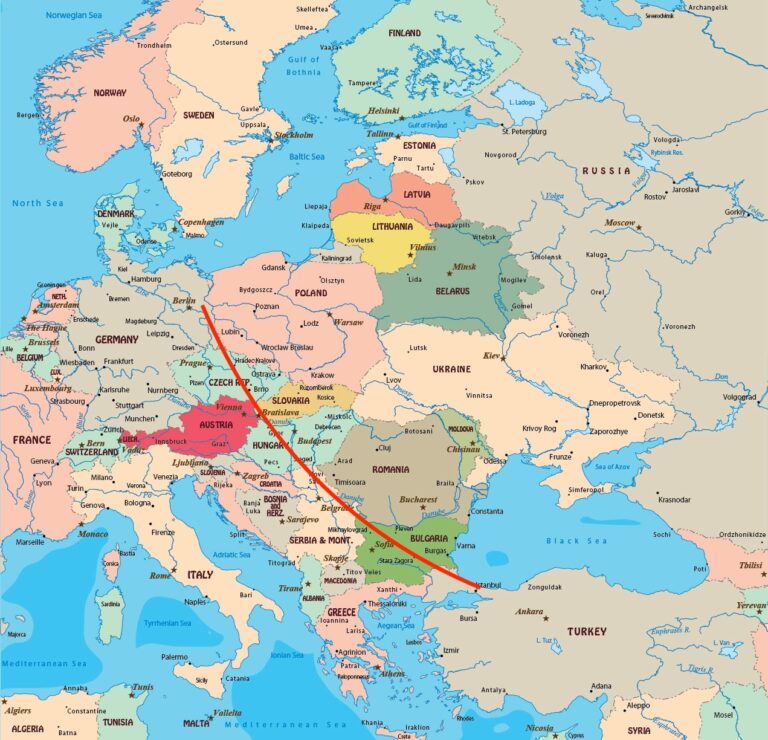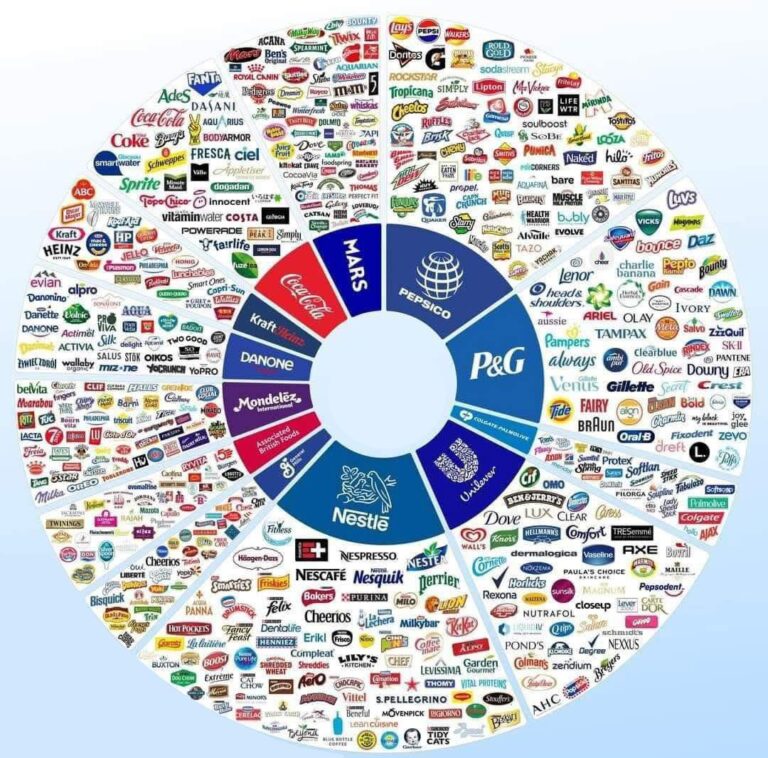by Andrea Tucci,
The war in Ukraine and resulting international sanctions affected Russia sufficiently that it had to change its primary economic policies. The Russian economy transitioned from a peacetime to a wartime economy, and, as a result, Russia’s third quarter 2023 had a 5.5 percent gross domestic product (GDP) increase. An important component of this economic rebound is oil and gas revenues.
Sanction loopholes, coupled with Russian resourcefulness, have helped the nation circumvent international law and maintain economic growth.
Russia has continued to export oil with minimal hindrance, and that income is being funneled into the military-industrial complex to pay for the conflict in Ukraine.
Russia has rerouted oil flows to nations such as China and India, and that oil ultimately reaches Western countries after being refined..
Western media has reported on a so called “shadow fleet” responsible for a series of shady operations at sea and able to move sanctioned oil. Illegal Ship-to-ship (STS) transfers remain a significant aspect of Russian oil smuggling in line with other state-led operations.
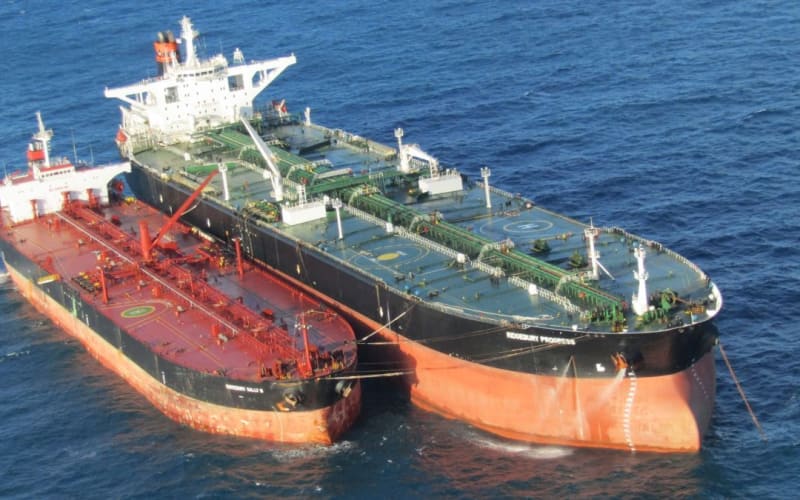
Several sheltered locations in international waters have been identified as shallow waters where it is possible for Russian oil to be safely transferred to other vessels: Ceuta (near Spain), Hurd’s Bank (near Malta), and the Laconian Gulf (near Greece) are the main sea-trans-shipments hubs in the Mediterranean Sea, although there are several other sites around the Med and the Eastern Hemisphere. The evasion of sanctions through illicit STS transfers has also been documented in Venezuela, Iran, and North Korea.
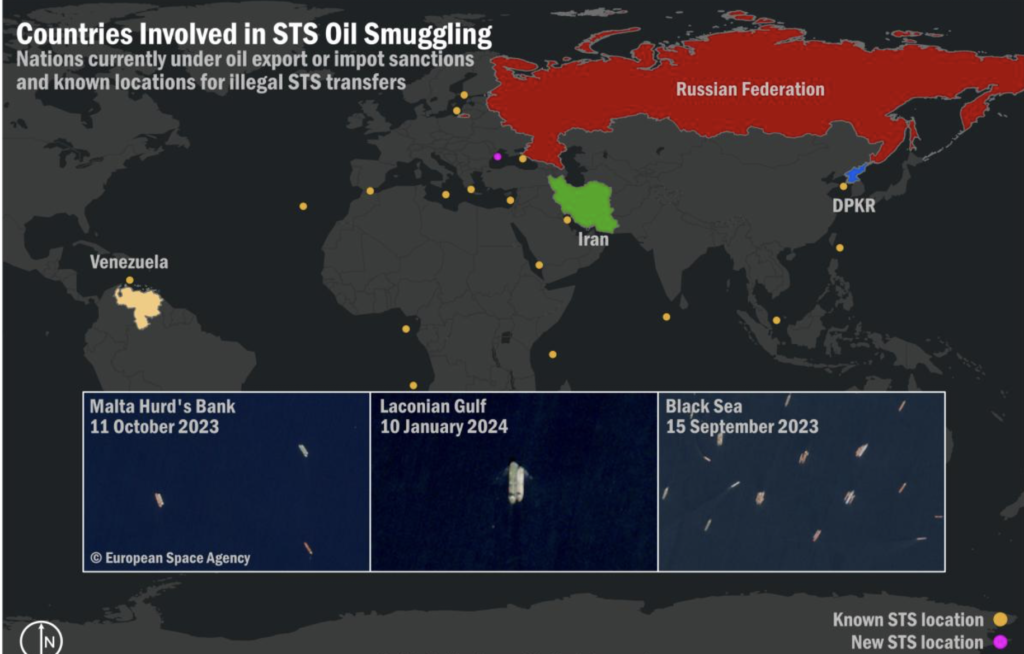
Sanctions on Russian oil export-target the offending vessels’ insurance status, since all tankers must carry protection and indemnity (P&I) insurance which includes oil-spill liability coverage and any access Western ports. Any vessel suspected of violating sanctions is not eligible for P&I insurance and/or risks losing it, thus cutting them out from the legitimate international oil market.
Analysis of Russian port calls allowed some researchers to identify and reconstruct the activities of several suspect vessels in the 2022–23 time frame. The findings were coupled with Automatic Identification System (AIS) data, satellite imagery, and imagery analysis. Specific STS locations were confirmed and new spoofing were create in order to the manipulate a ship’s Automatic Identification System (AIS) and to disseminate false information regarding a vessel’s actual location.
Nowadays is possible to monitor both real-time and historical AIS data to find anomalies such as, loitering, parallel sailing, unexpected anchoring, sudden changes in direction, geometrical sea routes, and any other irregularity indicating potential illicit activities (such as draught changes mid-journey). A Complete this crosschecking analysis on the vessels identity, insurance, ownership, and legal standing infact can insert a vessels in a Blacklist.
In January 2024, several tankers convened in international waters in the Laconian Gulf, seven kilometers outside Greek territorial waters, they deactivated the AIS system, in order to conduct STS transfers. A case analyzed shows an example of STS of a specific tanker, the Ligera.
The Ligera is a 332-meter long and 58-meter wide very large crude carrier flagged in Djibouti. She sailed from Shanhou Chujia, China, on 25 September 2023 and remained stationary off the Malaysian coasts for more than 50 days, presumably waiting for orders.
The Ligera then transited the Red Sea to arrive in the Laconian Gulf on 9 January 2024. Details of her route reveal many anomalies, such asloitering activity, in open-sea waters.
For instance,the Ligera has changed names four times since she was built in 2002, and, at the time of the event, was still covered by the West of England Shipowners P&I association for oil-spill liability. The Ligera’s registered owner appears to be a single-vessel shell company registered in a likely fictitious hotel in the Seychelles Islands. This profile is close to what is usually associated with the so-called “shadow fleet”, aging ships with murky ownership and managing structures used to circumvent sanctions. The Ligera is been inserted in the list of “gray fleet“.
The AIS data reveal that the Ligera possibly met with the Palau-flagged tanker Nautilus on 10 January 2024 possibly loaded with crude oil.
The Nautilus is a crude oil tanker built in 2010, is 243 meters long and 42 meters wide. The vessel currently lacks any P&I insurance and is managed by a firm that also handles four other aging tankers, all of which were acquired after the imposition of sanctions. Also this vessel has all the characteristic to be included in the “gray fleet“.
Satellite imagery from Sentinel-1 seems to confirm an STS event between the Ligera and the Nautilus on 11 January 2024. A measurement of the width indicates there are two vessels side by side .
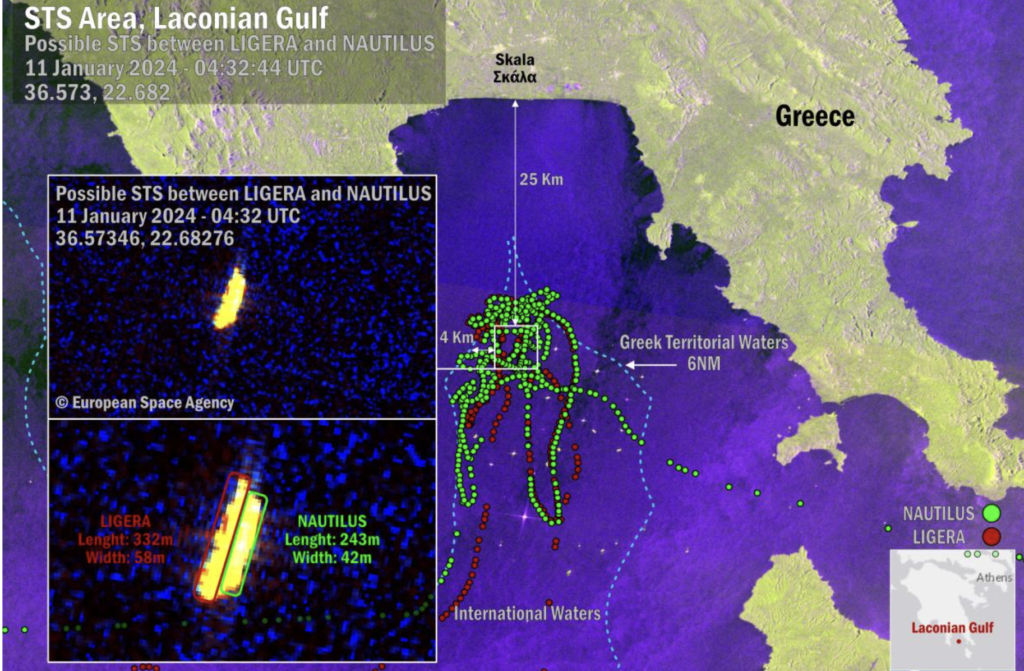
This article has the goal is to show a pattern of Russian tanker fleet support its economy. Moreover to understand where to try to stop the “gray” STS transfers that, through illegal oil revenues, support Russia in funding the conflict in Ukraine and also avoiding further illicit activities and preventing potential escalation of oil smuggling.

